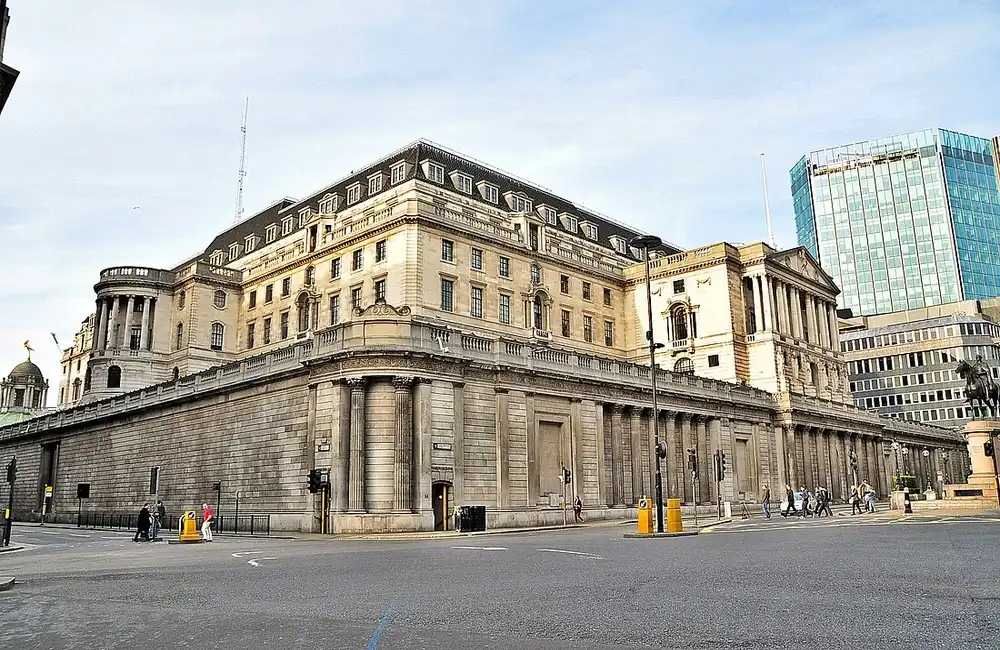The Bank of England has announced a surprise interest rate cut, a move that has sparked widespread discussion across financial markets.
This decision reflects a shift in monetary policy designed to address economic instability and stimulate growth. Here’s a comprehensive look at what this announcement means and its potential impact on various sectors.
What Is the Bank of England’s Rate Cut?
An interest rate cut is a reduction in the base interest rate set by the central bank, influencing borrowing costs for individuals and businesses.
The most recent cut sees rates lowered, aiming to counteract economic pressures ranging from falling consumer confidence to global market unpredictability.
Why Was the Rate Cut Introduced?
Economic challenges have been mounting in recent months, with inflation concerns, sluggish growth, and geopolitical events weighing on market stability.
The Bank of England’s Monetary Policy Committee (MPC) voted for the cut as part of its mission to support economic activity, keep inflation within manageable levels, and encourage spending.
Key influences include:
Weak Consumer Spending
Retail and service sectors have witnessed slower growth, highlighting the need to encourage economic activity.
Rising Household Debt
Lowering borrowing costs could provide relief to households currently facing financial strain.
Global Economic Trends
Volatility in commodities and trade has nudged central banks worldwide to adopt stimulus measures, and the Bank of England is no exception.
How Does the Rate Cut Affect Consumers?
Variable-Rate Mortgage Holders
Many mortgage payees on variable-rate agreements will see an immediate reduction in monthly payments. However, those on fixed-rate deals won’t feel this change until renewal.
Savings Accounts
Savers could see a cut in interest earned from savings accounts, which may prompt a review of savings strategies.
Consumer Spending Boost
Lower rates often incentivise spending rather than saving, benefiting businesses but reducing the incentive for personal savings.
Impact on Businesses
Small and medium-sized enterprises (SMEs) stand to benefit greatly from lowered borrowing costs. Access to more affordable loans could help businesses finance growth activities, such as hiring, expanding operations, or product development.
Larger corporations could also use the opportunity for cheap borrowing to fund initiatives, which, in turn, impacts employment levels and the broader economy.
However, with decreased savings yields, pension funds and organisations reliant on fixed income might face challenges.
Financial Market Reaction
Markets reacted swiftly to the announcement, with the FTSE 100 seeing fluctuations as investors weighed the broader implications.
The British pound softened against other major currencies amid concerns of reduced returns for international investors.
Simultaneously, the gilt market experienced a rally as fixed-income investors anticipated increased demand for government bonds as lending costs drop.
What’s Next?
While this rate cut aligns with the Bank’s efforts to maintain economic stability, further action may be on the cards if conditions don’t improve. Analysts are already speculating on additional rate cuts or quantitative easing if growth remains subdued.
For businesses and individuals alike, this is the time to reassess financial plans:
For Borrowers
Explore refinancing opportunities to benefit from lower rates.
For Investors
Diversify portfolios to offset the impact of lower returns on savings and other fixed-income assets.
For Businesses
Consider expansion or updating operations now that financing is more accessible.
Closing Thoughts
The Bank of England’s decision to reduce interest rates is a strategic move in response to a challenging economic environment. While it provides immediate benefits such as cheaper borrowing and potential economic stimulation, there are longer-term consequences for savings and market stability that all stakeholders should remain aware of.
Stay informed, plan appropriately, and consider consulting financial professionals to make the most of this significant shift in monetary policy.



















